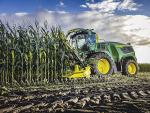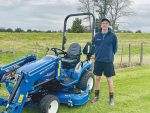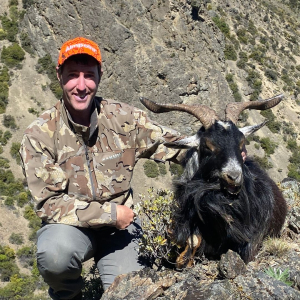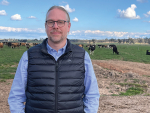Driving improved efficiency, many farmers and contractors are committing to machinery that improves output, preserves quality and ultimately reduces costs.
ROC’s RT series of continuous merger rakes are a case in point, featuring a revolutionary raking system that not only creates greater output, but also protects crops from damage during harvest.
The Italian-manufactured range is distributed in New Zealand by Webbline Agriculture Ltd, and overseen by the company’s ROC franchise manager, Winston Smith, who says he expects the range to make a significant impact in the New Zealand market.
“While continuous mergers are relatively unknown in NZ, the ROC range will complement our existing series of SIP Star swather rakes, allowing us to offer a full range of options to farmers and contractors,” he says.
The ROC merger is available in working widths from 3.8m to more than 12m.
Compared to rotary rakes that ‘drag’ the crop horizontally along the ground, the ROC merger has a vertical pick-up, like a baler or harvester, which lifts the drop and places it on a conveyor for gentle delivery to either side of the machine. This, combined with an innovative tine design, results in a cleaner crop with a significantly reduced level of foreign material included in the swath.
In addition, because mergers can build significantly larger rows than traditional raking systems, harvesters operate more efficiently, with reductions in fuel, time and wear and tear on components.
Recently trialled with contractors in the North Island, an RT 1000 with a 10m working width demonstrated improved speed and quality, depositing two 10 metre swaths next to one another, clearing 20 metres and allowing the harvester to make fewer passes in every paddock. At the same time, the RT 1000 matched the output of a more common 12.5m four-rotor swather.
In operation, the side sections of the merger runs on four adjustable, modulating tandem wheels, while the centre section runs on a hydraulic rear axle lifting system that can be raised to 1m for road travel, to clear large rows or for turning at the headlands. Both the speed of the pick-up and the speed and direction of the conveyor can also be changed to suit different conditions.
For operating in reduced spaces, the RT series can also operate with either, or both, side sections of the merger in the raised position, or even with the separate sections of the conveyor running in opposite directions.
Smith says the 10m RT 1000 and the 11.5m RT 1150 are likely to be the most appropriate for NZ contractors. “NZ contractors using higher powered foragers for increased output in grass silage will really benefit from the impressive performance of these ROC mergers.”
www.webbline.co.nz


















